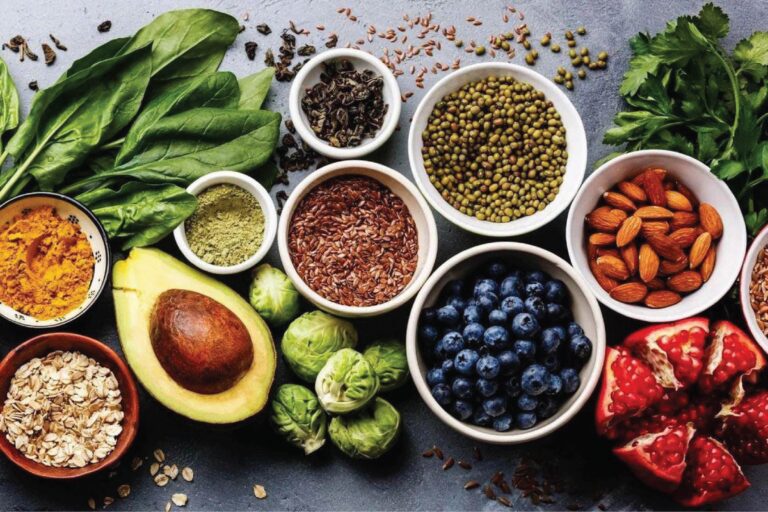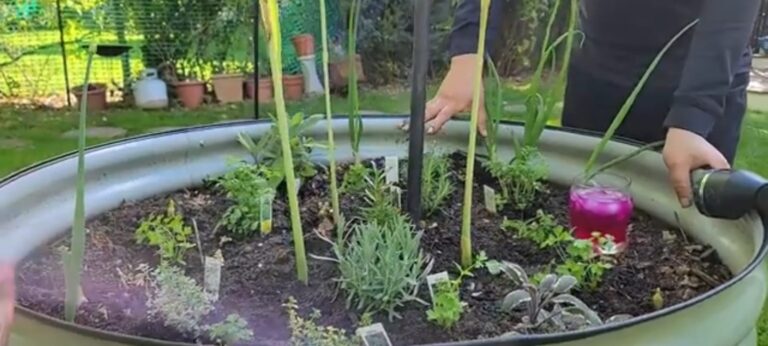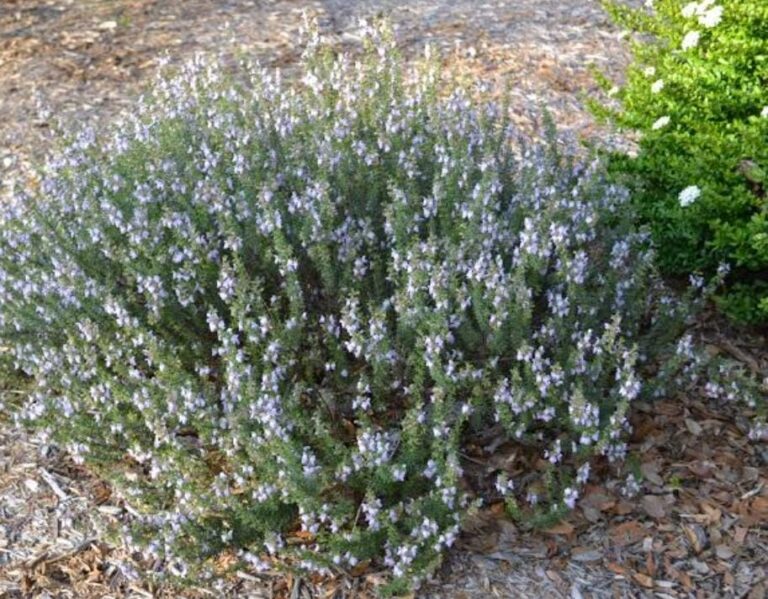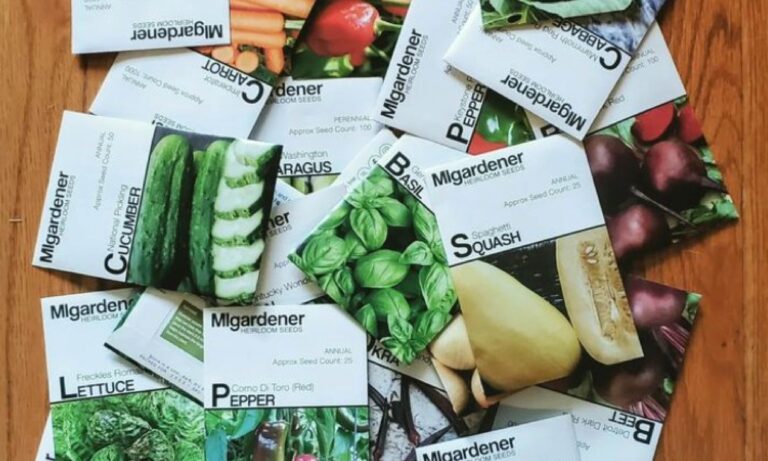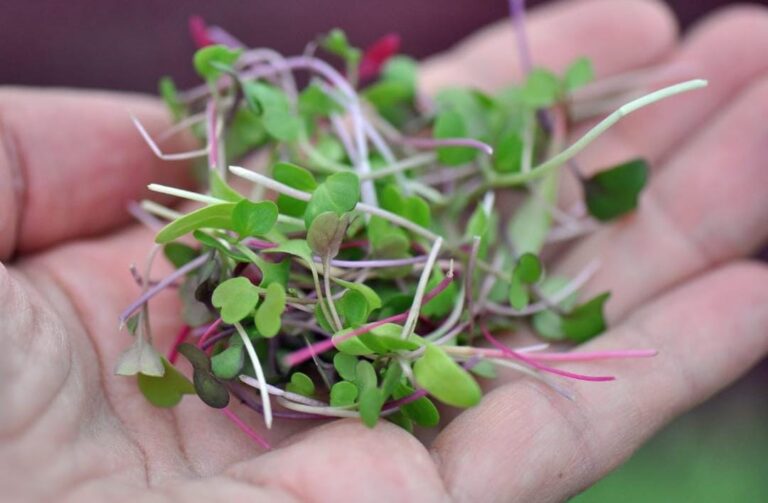Nutrient Composition of Mushroom Soil: 5 Exclusive Ingredients & More
Introduction
Mushroom soil, commonly known as Spent Mushroom Substrate (SMS) or Spent Mushroom Compost, represents an innovative ecological strategy to enrich soil quality and promote plant vitality. This remarkable byproduct of mushroom cultivation consists of the leftover material after mushrooms have been harvested, which typically includes a mixture of organic matter such as straw, sawdust, and other nutrient-rich supplements. The high nutrient content of mushroom dirt makes it an exceptional addition to any garden.
In this blog, we will discuss the composition, proper usage of this soil as we used to discussed in our previous blogs. Moreover, we will also shed light on its benefits, things to consider while using, and above all, the variety of plants that love this soil. You can also follow us on YouTube to observe the uses in our upcoming videos.
What Is Mushroom Soil?
Mushroom soil is the remaining growing media utilized in commercial mushroom production. It is composed of natural materials such as straw, manure (usually from horses or poultry), peat moss, gypsum, and other organic ingredients. After the mushrooms have completed their growth cycle, the substrate is no longer helpful for mushroom farmers, but it is extremely valuable to gardeners.

The term “spent mushroom substrate” may suggest that it has been depleted, yet this is far from the case. While it may not support another round of commercial mushroom cultivation, it does contain a wealth of organic matter and nutrients that can enhance garden soil and boost plant life.
Nutrient Composition of Mushroom Soil
One of the most exciting aspects of mushroom soil is its balanced nutrient profile. It contains:
1. Nitrogen (N)
Nitrogen is essential for the growth of leaves and stems, as it is a key component of chlorophyll, the pigment responsible for photosynthesis. This vital nutrient allows plants to produce lush, vibrant green foliage, which is crucial for their overall health and vitality. Without enough nitrogen, plants may experience stunted growth, yellowing leaves, and a decreased ability to generate energy through photosynthesis, which can ultimately affect their ability to thrive and reproduce. Therefore, ensuring sufficient nitrogen in the soil is critical for promoting strong leaf and stem development across various plant species.
2. Phosphorus (P)
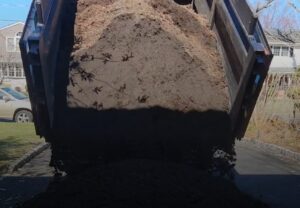
Phosphorus (P) plays a vital role in promoting robust root development and enhancing the flowering process in a variety of plants. This nutrient is essential for the formation of strong, healthy roots that anchor the plant securely in the soil and facilitate efficient nutrient and water uptake. Additionally, phosphorus is critical for the production of flowers, which are essential for fruiting and blooming plants.
A healthy flowering process not only improves the aesthetic appeal of the plants but also increases the potential for fruit set and overall yield. Ensuring an adequate supply of phosphorus can significantly impact the growth, vitality, and reproductive success of flowering and fruiting species.
3. Potassium (K)
Potassium (K) plays a crucial role in promoting the overall vitality and health of plants by significantly enhancing numerous physiological processes. One of its key functions is to bolster the plant’s resilience against a variety of diseases and pathogens. By strengthening cell walls and improving metabolic functions, potassium helps to reduce the likelihood of infections, allowing plants to better withstand stressful conditions.
Moreover, potassium is essential in the regulation of water uptake and retention within the plant. It facilitates the movement of water through plant tissues by controlling the opening and closing of stomata—tiny pores on the surface of leaves. This process not only ensures optimal hydration levels but also contributes to efficient photosynthesis, nutrient transport, and overall growth and development. By maintaining proper water balance, potassium helps plants to thrive even in fluctuating environmental conditions, making it a vital nutrient for their sustained health and productivity.
4. Calcium and Magnesium
Calcium and magnesium play crucial roles in enhancing the structural integrity of plant cell walls, which helps maintain the overall strength and stability of the plant. These minerals not only fortify the cell walls but also facilitate improved nutrient uptake by supporting the plant’s physiological processes. Calcium aids in the formation of calcium pectate, a key component in the middle lamella that binds cells together, while magnesium is essential for chlorophyll production and acts as a cofactor for many enzymatic reactions. Together, they contribute to healthier growth, increased resistance to disease, and enhanced overall plant vitality.
5. Organic Matters
Organic matter plays a crucial role in enhancing soil structure by promoting the aggregation of soil particles, which allows for better aeration and drainage. It acts as a natural sponge, helping to retain moisture in the soil, ensuring that plants have a steady supply of water even during dry periods. Additionally, organic matter serves as a food source for a diverse range of microorganisms, which are essential for nutrient cycling and overall soil health. These microbes break down organic materials, releasing nutrients in forms that are readily accessible to plants, thereby fostering a vibrant and productive soil.
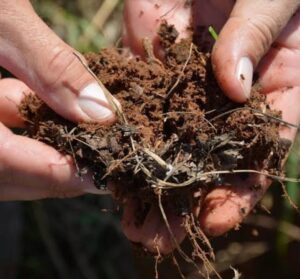
Mushroom soil, being a byproduct of the mushroom cultivation process, consists of partially decomposed organic matter. This unique composition allows it to offer a gradual and steady release of essential nutrients over time. The slow-release nature of mushroom soil makes it particularly beneficial for sustainably enhancing soil health and fertility. By incorporating it into your gardening or agricultural practices, you can improve soil structure, increase moisture retention, and foster a thriving ecosystem for beneficial microorganisms.
Overall, mushroom soil serves as an excellent amendment for long-term soil improvement, ensuring that plants receive a consistent supply of nutrients necessary for their growth and development.
Benefits of Using Mushroom Soil in Gardening
Mushroom soil offers a variety of benefits for gardeners, including:
1. Enhancing Soil Structure
Mushroom soil is rich in organic matter and improves soil structure by enhancing aeration and drainage in thick clay soils. It also helps sandy soils retain moisture, making it a useful supplement for a variety of soil types.
2.Increasing Water Retention
With its high organic content, mushroom soil functions like a sponge, collecting and holding rainwater while avoiding runoff. This makes it especially useful in drought-prone locations or in gardens with low water retention.
3. Encourage Beneficial Microorganisms
Healthy soil is brimming with microbial life, and mushroom soil is an excellent habitat for beneficial bacteria and fungi. These microorganisms assist to breakdown organic materials, making nutrients more available to plants.
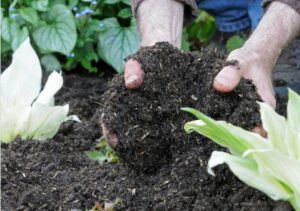
4. Suppressing Weeds
Mushroom soil can act as a natural mulch because of its content and density; it is helpful to suppress weeds and decreases the need for herbicides.
5. Promoting Sustainability in Gardening Practices
Using mushroom soil is an environmentally acceptable technique to recycle agricultural leftovers. Gardeners may help reduce waste and manage soil more sustainably by recycling old mushroom substrate.
How To Use Mushroom Soil In Your Garden
Incorporating mushroom soil into your garden is simple, but correct application assures the best results. Below are some best practices:
1. As a Soil Amendment
Mix mushroom dirt into garden beds in a 25-50% ratio with the existing soil. This combination improves the soil while preventing nutritional imbalances.
2. As Mulch
Apply a 2-3 inch layer of mushroom soil around plants to help them retain moisture, inhibit weeds, and give slow-release nutrients.
3. In Raised Beds
For raised bed gardening, mushroom soil can be combined with topsoil, compost, and other organic amendments to create a fertile growing medium.
4. In Potting Mixtures
Mushroom soil can be combined with peat moss, perlite, and compost to make a nutrient-rich potting mix for container gardening.
Potential Consideration While Using of Mushroom Soil
While mushroom soil is quite advantageous, a few things to keep in mind:
1. PH Levels
Mushroom soil is slightly alkaline because of the lime and gypsum used in mushroom growing. Many plants benefit from this; however, acid-loving plants such as blueberries, rhododendrons, and azaleas may not thrive.
2. Salt Content
Fresh mushroom soil may include a high salt content, which can be hazardous to sensitive plants. To avoid problems, moisten it before using it or mix it with other organic matter to allow excess salts to seep out.
3. Maturity of Compost
Freshly used mushroom substrate may still be decaying, resulting in nitrogen loss. Aged or composted mushroom soil is preferable for immediate use in plant beds.
Best Plants for Mushroom Soil
Many plants profit from the nutrient-rich qualities of mushroom soil, including:
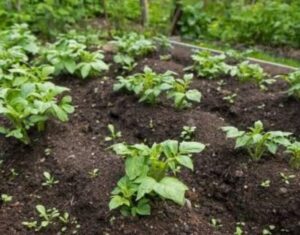
- Vegetables including tomatoes, peppers, lettuce, and squash
- Herbs like parsley, basil, and mint
- Flowers like marigolds, zinnias, and sunflowers
- Shrubs and perennials flourish in well-drained soil.
For exclusive results, always evaluate your plants’ requirements and adapt the soil mixture accordingly.
Sourcing Mushroom Soil
Mushroom soil is widely accessible in garden centers, farm supply stores, and straight from mushroom farms. Some sellers sell it fresh, while others offer aged and composted versions. Allow fresh mushroom soil to cure for a few weeks before use.
Conclusion
Mushroom soil is a rich source of organic matter, nutrients, and microbial activity, which can significantly increase soil quality and plant vitality. By incorporating it into your gardening practice, you not only improve plant development but also help to promote a more sustainable, environmentally friendly approach to soil management. Whether you’re improving garden beds, mulching, or making a rich potting mix, mushroom soil is an excellent addition to any gardener’s toolset.
Give it a shot, and watch your plants bloom with the help of this nutrient-rich, soil-enriching wonder!



